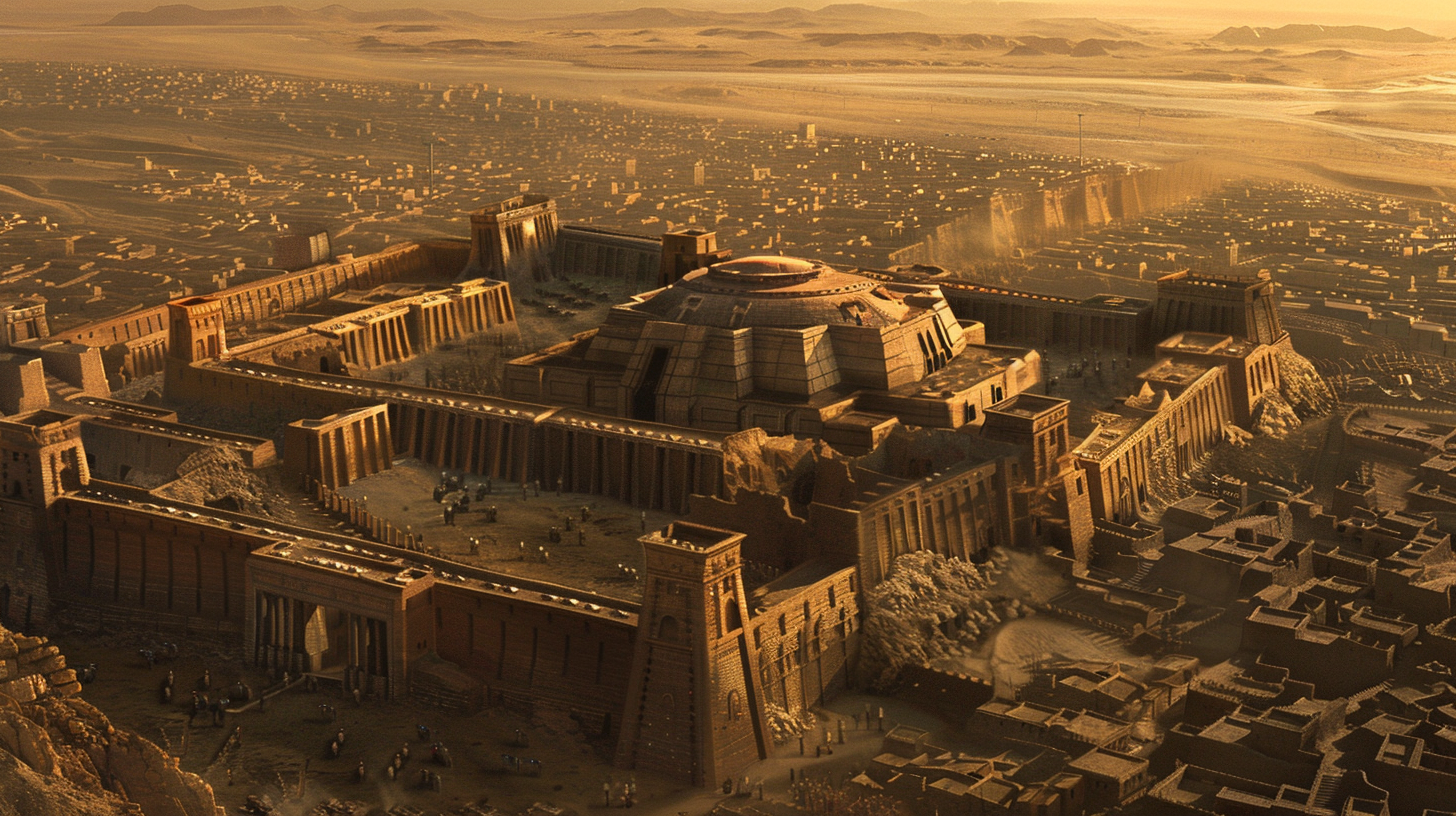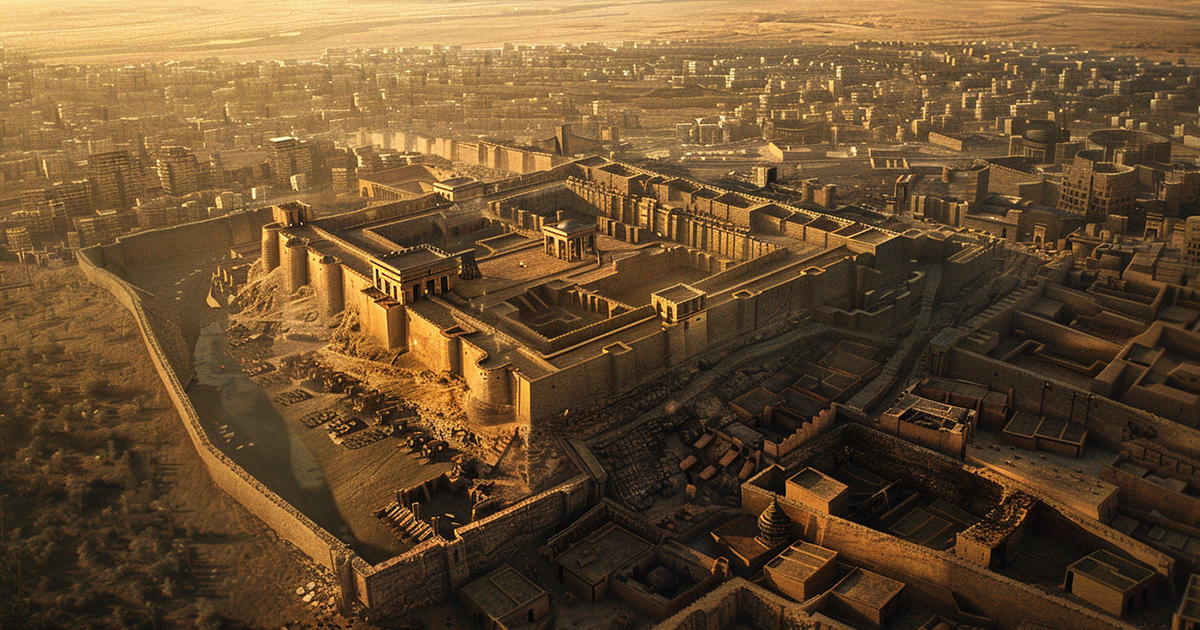Contemplating the mysterious Sumerians in Mesopotamia evokes fascination with their intricate city layouts and pioneering architectural techniques. The arrangement of Sumerian towns, like Ur, sparks curiosity, suggesting a potential alignment with cosmic elements. Could the Sumerians, with their profound cosmic wisdom, have integrated celestial symbolism into their urban plans to connect the earthly with the divine?
A critical aspect to investigate is the structure of ancient Sumerian settlements, marked by a grid pattern of orderly roads and intersecting paths. Ur, a prominent epicenter in ancient Mesopotamia, stands as a notable illustration. Excavations of the city unveil a meticulously organized urban grid, with streets following cardinal directions and buildings exhibiting impeccable symmetry.
Supporters of the concept proposing a cosmic reflection in Sumerian urban design argue that these layouts were deliberately fashioned to reflect celestial marvels on Earth. They highlight the alignment of streets with celestial entities such as stars, planets, and constellations as proof of celestial influence. According to this perspective, Sumerian urban planning aimed to establish a symbolic rapport between humanity and the celestial sphere.

Beyond street alignments, scholars have identified architectural features within Sumerian cities that further bolster the celestial hypothesis. For instance, the ziggurat, a towering stepped temple prevalent in Sumerian urban landscapes, has been compared to a cosmic pinnacle reaching towards the skies. Placing these edifices at the core of city grids implies a symbolic correlation between earthly life and the celestial sphere.
Moreover, advocates of the celestial influence theory emphasize the cultural significance of astronomy in Sumerian civilization. The Sumerians were avid sky observers who meticulously monitored celestial movements, refining advanced astronomical methodologies and recording their findings in cuneiform script. Given their reverence for the heavens, it is plausible that their urban planning mirrored celestial symbols representing their cosmological beliefs.
However, skeptics present alternative interpretations of Sumerian urban layouts, suggesting that pragmatic considerations, rather than celestial inspirations, dictated urban design choices. They propose that the grid-like organization of Sumerian towns aimed at promoting order and efficiency, easing trade, transportation, and communication within urban environments.
Furthermore, critics warn against imposing contemporary perspectives on ancient societies, emphasizing our limited understanding of Sumerian culture and ideologies. Without concrete evidence linking Sumerian urban layouts to celestial symbolism, the notion of celestial influence remains speculative.
An alternate viewpoint on Sumerian city designs posits that they functioned as microcosms of the universe, mirroring the Sumerians’ worldview and comprehension of the cosmos. Here, the gridded pathways and central temples symbolize the structured harmony of the cosmos, with the ziggurat serving as a conduit between the earthly and celestial realms.
Ultimately, the ongoing dialogue on Sumerian urban planning and its alleged celestial influence highlights the enduring allure of ancient civilizations and their architectural achievements. Whether intentional celestial alignments exist or not, these cities endure as tributes to human ingenuity and the continuous pursuit of understanding our place in the cosmic fabric. As we delve deeper into the examination and interpretation of these ancient urban landscapes, one certainty remains – the mysteries of the ancient Sumerians persist in evoking awe and curiosity, prompting us to probe the connections bridging the mundane and the celestial.
